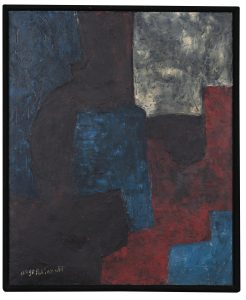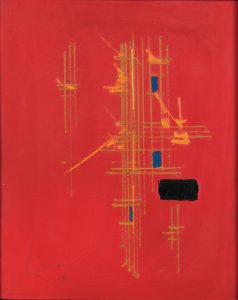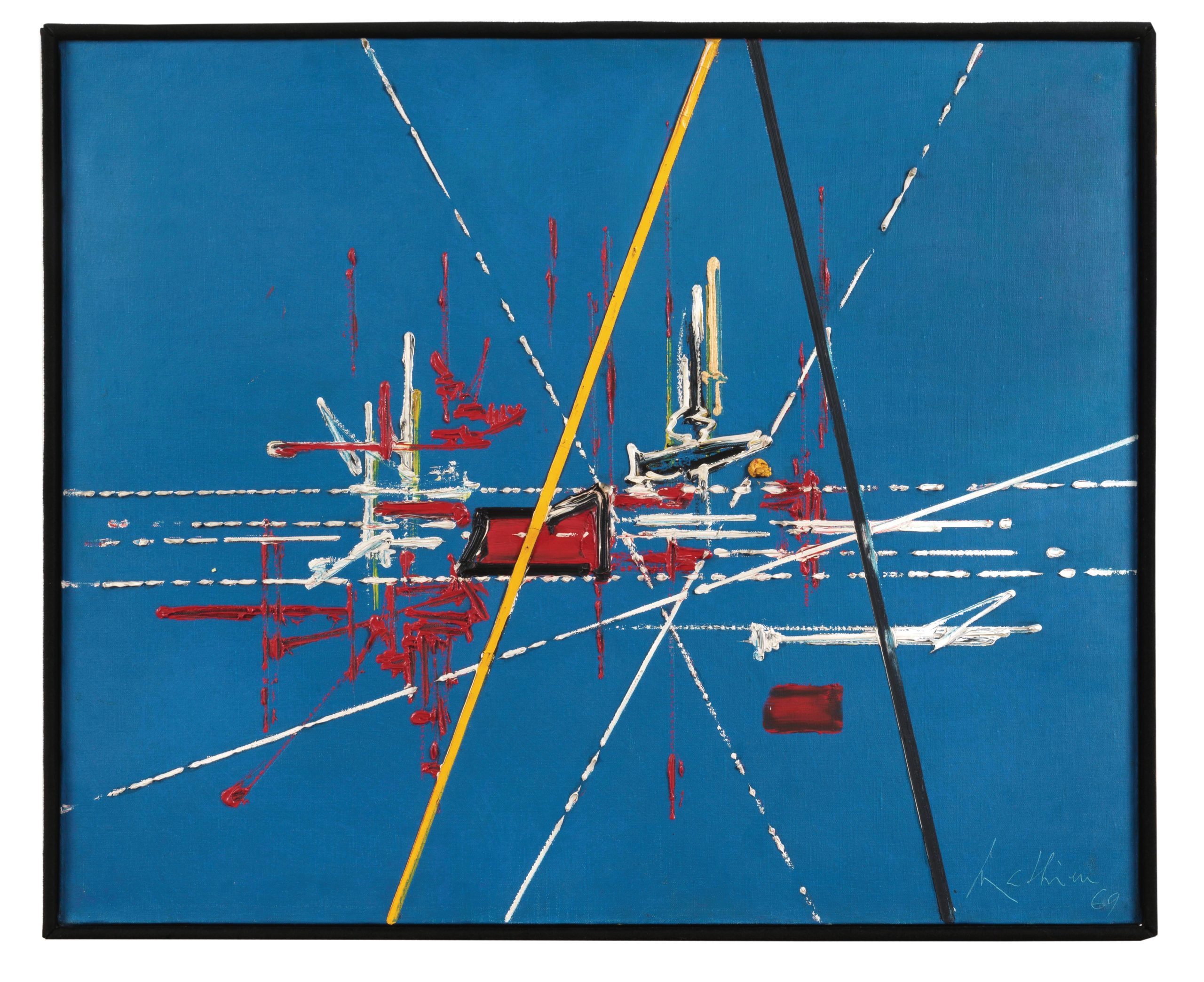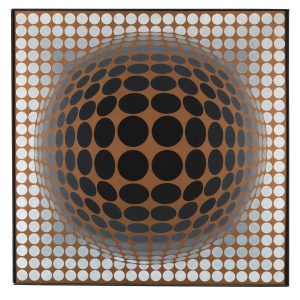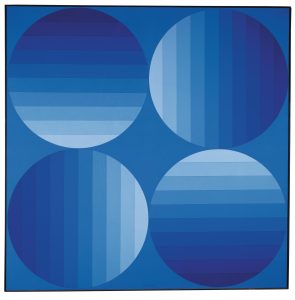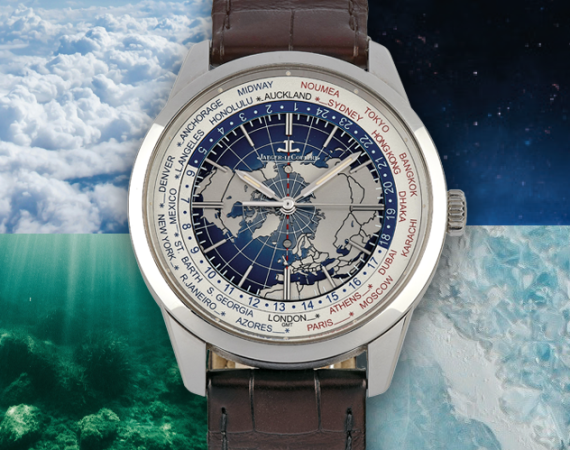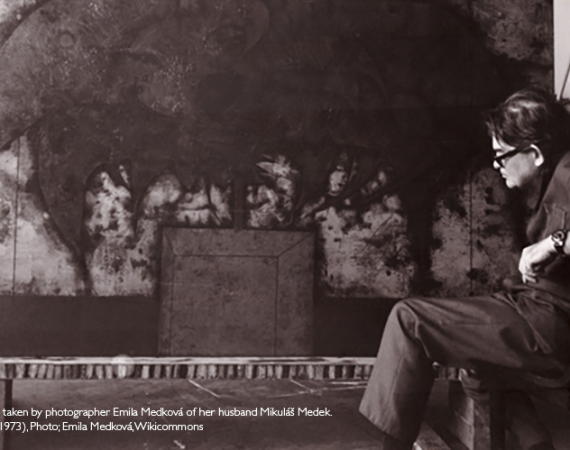
Works by Serge Poliakoff, Georges Mathieu and Victor Vasarely are at the heart of a remarkable private collection which is offered for sale at Dorotheum.
A collector’s commitment to art is reflected in the works of art they choose to acquire. A distinguished private collection comprising a group of paintings including works by Serge Poliakoff, Georges Mathieu and Victor Vasarely executed between 1960 and 1969, which occupy a special place in the collection, will be offered in the Modern and Contemporary Art sale at Dorotheum on the 23rd of May. Carefully chosen and purchased from the most prominent art galleries of the time, the main three artists represented in this selection were all based in Paris. Abstraction, Lyrical Abstraction, Optical Art and most of all the choice of colours dictate the shape of this collection, which was created in the first years of the 1970s and was kept in the collectors’ private home.
Serge Poliakoff’s Composition abstraite, executed in 1960, depicts an arrangement of varying unique shapes that vibrantly and harmoniously interlock with one another. By using primary colours (blue and red), white, black and a mélange tonality which spans between red and black, this work is an excellent example of the artist’s work in the last decade of his life.
A similar choice of primary colours is seen in Mathieu’s Gatines in which the artist uses blue, yellow and red. Executed in 1969, this work demonstrates the theme for which the artist was best known. Considered to be the founder of Lyrical Abstraction, Mathieu was a devotee of Oriental calligraphy, claiming that “trace” always anticipated a meaning. In Untitled, executed a year earlier, George Mathieu’s use of the palette ranges from red (used as a background) to yellow and ochre. Small rectangles in blue and black lend depth to the composition; Mathieu’s fascination with oriental script is prominent in this work.
The Hungarian artist Victor Vasarely who was a Paris contemporary of Mathieu and the Russian born Poliakoff, created enigmatic geometric works and became one of the leading exponents in the Optical Art movement. From the early Sixties onward, Vasarely’s fame had reached high levels thanks to some crucial exhibitions like the Responsive Eye, held in 1965 at the Museum of Modern Art in New York and Lumière et Mouvement held in Paris at the Musée de l’Art Moderne de la Ville in 1967.
The particular significance of Vasarely’s Hold-KK, (executed in 1967-69 ) is linked to the exhibition at the Galerie Bayeler in Basel where it was exhibited and used as the exhibition’s advertising poster. The exhibition, entitled Moon and Space, took place in early 1970, less than six months after the first moon landing in July 1969. The fascination with the moon was all pervading. The exhibition included works by Max Ernst, Kurt Schwitters, Pablo Picasso, Paul Klee, Joan Mirò, Fernand Léger, Serge Poliakoff, Jean Arp, Mark Rothko, Jean Dubuffet and Alexander Calder, and each work was somehow related to the theme of the moon and space. Vasarely’s Hold-KK depicts four moons whose blue tones appear to move forwards in four different directions in a geometrical yet lyrical movement catching the viewer’s attention almost permanently. In 1968 Vasarely started creating works known as Vega in which the optical effect of the swelling of the painting’s surface was mainly due to deformation of the elements of the composition. Vega Mat executed in 1969 creates this optical illusion by using shades of white that, through a soft grey scale turn into black supported by a precious golden spiderweb.
AUCTIONS
Contemporary Art I, 23 May 2024, 6 pm
Contemporary Art II, 24 May 2024, 4 pm
Palais Dorotheum, Dorotheergasse 17, 1010 Vienna
Tel. +43-1-515 60-358, 386, 765

